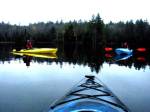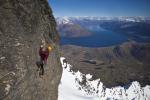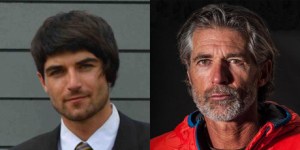This post is dedicated to the late Maria Figueroa Norabuena, who I consider the heart of my Peruvian Family. The matriarch, she died recently of complications while in Lima getting medical treatment, and is survived by her husband Daniel, (pictured), a large family of children, grandchildren and great grandchildren mostly in Huaraz, and the surrounding villages, in Peru. She lived in a small hamlet outside of Huaraz where she and her husband baked bread for many of the townspeople and restaurants in Huaraz. They also grew crops and had farm animals. My condolences go out to Daniel and his family.
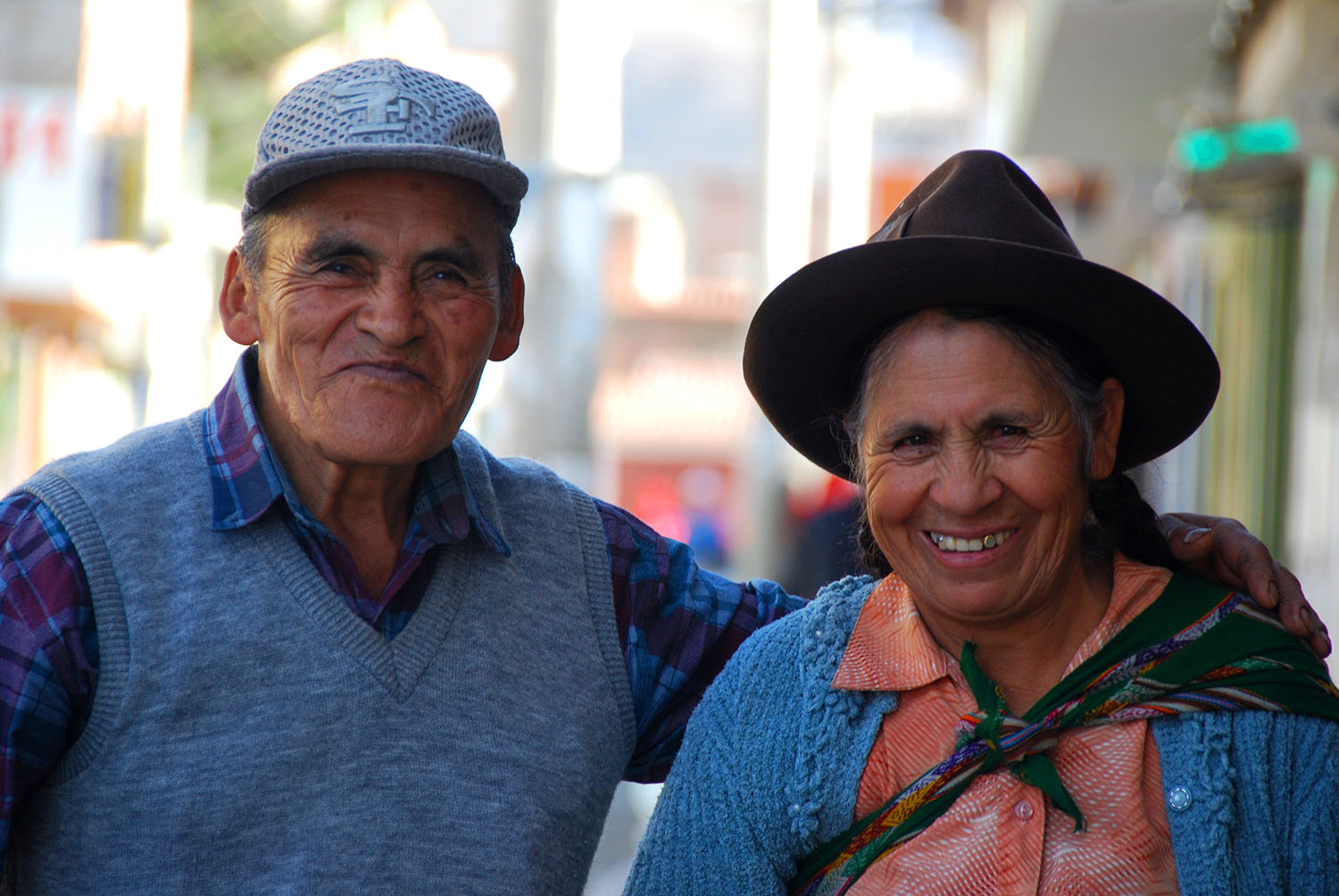
Daniel, and his late wife Maria of Huaraz, Peru
I met Maria through my friend David Sanchez Figueroa, co-owner of the vegetarian Restaurant Salud y Vida, (Health and Life) when I was mountain guiding in Huaraz some years ago. I became godfather to her grandchild Joseph, and have always felt part of the family. It must be a past-life thing but we’ve all been very close over the years of visits.
With the coming of video calling, I was able to keep in close contact with the whole family, and especially with Maria while she was with her daughter in Lima undergoing treatment. I had the opportunity to spend some screen-time with her before she died and am so grateful for that time. It reminds me, again that life is short.
I have a vivid image, (and a video), in my mind of my wife Amanda, and Maria, playing “Laugh Dancing” in the restaurant’s kitchen. Someone starts a sound track, and the object of the game is partner up with someone, and dance with a straight face. The first one to crack a smile, usually caused by the opponent’s antics, loses. Maria won, hands down. I don’t remember the exact maneuver she pulled, but it had us (all generations of the family) laughing hysterically.
When I first came to Peru as a mountain guide, Maria used to pinch my cheek with her fingers, saying “Que Pena” (“What a pity”) when she learned at my age of 40+, I still had no wife or child. (Since then I’ve been married since 2009 with an eight-year-old son, which made Maria much more happy with me) Every climbing season, when I’d come back into town, she’d give me the pinching, “Que Pena” again, when I was still in the same sorry state.
Becoming a Godfather to her grandchild, Joseph, and seeing what family can really be in Peru, changed me. I grew up as a bit of a narcissist, mountain guiding, single, and although an outdoor educator, still caught up in my seeking the perfect high. A light bulb when off in my heart when I observed what family really means in the indigenous an Latino sense. We had Peru on our short list of destinations of where we were considering having a family, precisely because of that observation.
Maria was a strong woman with a keen sense of self, sense of humour, a huge heart, and a fantastic matriarch who will be missed by her large family, and even… a gringo here in New Zealand.
Since this post, I’ve received this comment from Maria’s grandaughter, Jina (translated from Spanish):
Thank you very much Randall for this publication in tribute to my beloved Grandmother, she was just as you describe her, she left such an imprint on every corner she traveled, she was a woman very loved by all of us who now mourn her sudden departure. You are right, she was in a very delicate treatment that began in January, but on 15.05.2020 her body did not resist. I still remember every joke she made to me, even one day before her death we joked, and she laughed out loud. Always her take on life was all joy.
Perhaps you were motivated by her to form your own home, with her phrase, “what a shame”, because she wanted to see everyone with family, family as she had it with my grandfather, who showed that true love exists.
Their advice is recorded in my heart.
I’ll never forget my grandmother. She will always be in my memory and heart.

Near the hamlet in which Maria lived, with the Cordillera Blanca, Peru’s highest mountain range, in the near distance (copyright 2020 Dexter R Richards)
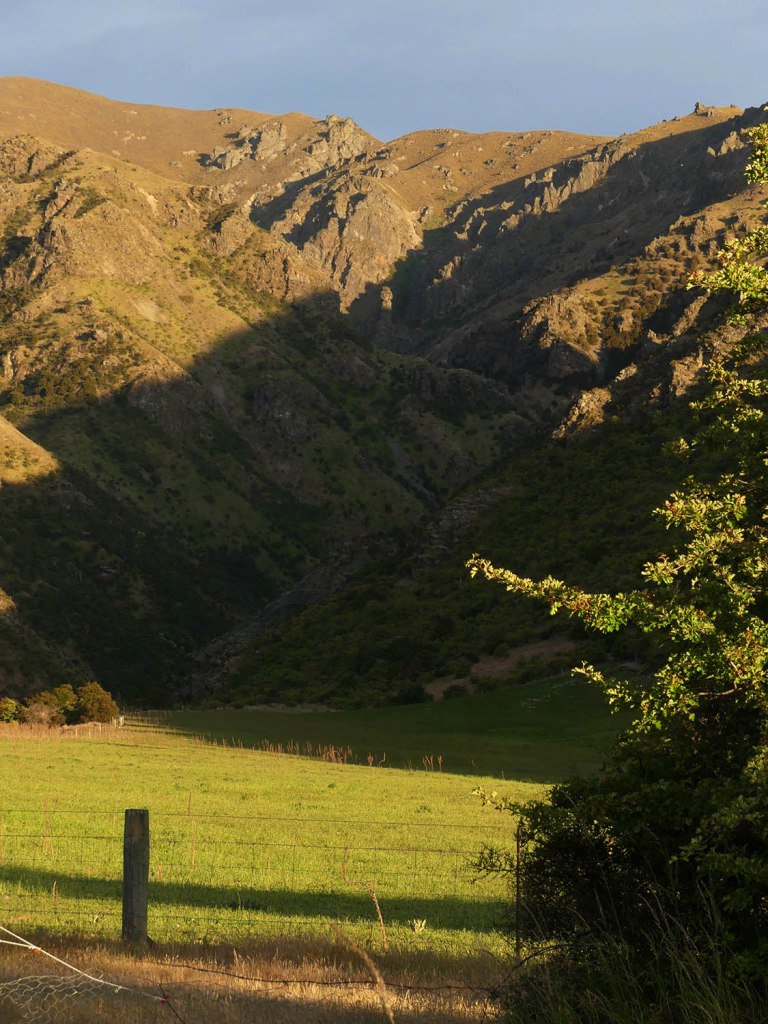


 During lockdown Level 4, we eyed the farmer’s hay bales, the next field over, and received permission to take ice axes and crampons to them “as long as we didn’t tip any over on us”. It was remarkably realistic climbing except the occasional piece of straw in your boot and of course the warmth! Who knows, maybe it will catch on. It’s a great way to get a pump, and practice your skills. When growing up in New Hampshire, I took for granted the ice climbs that were 10-15 minutes’ walk from the car, Frankenstein Cliff’s in the White Mountains, come to mind, or smaller local climbs hidden in the woods near Sunapee. In New Zealand, you’ll need a full day’s approach by ski touring into Wye Creek, or Black Peak here in Wanaka to see any ice. No driving to the ice fall or belaying off the bumper here!
During lockdown Level 4, we eyed the farmer’s hay bales, the next field over, and received permission to take ice axes and crampons to them “as long as we didn’t tip any over on us”. It was remarkably realistic climbing except the occasional piece of straw in your boot and of course the warmth! Who knows, maybe it will catch on. It’s a great way to get a pump, and practice your skills. When growing up in New Hampshire, I took for granted the ice climbs that were 10-15 minutes’ walk from the car, Frankenstein Cliff’s in the White Mountains, come to mind, or smaller local climbs hidden in the woods near Sunapee. In New Zealand, you’ll need a full day’s approach by ski touring into Wye Creek, or Black Peak here in Wanaka to see any ice. No driving to the ice fall or belaying off the bumper here!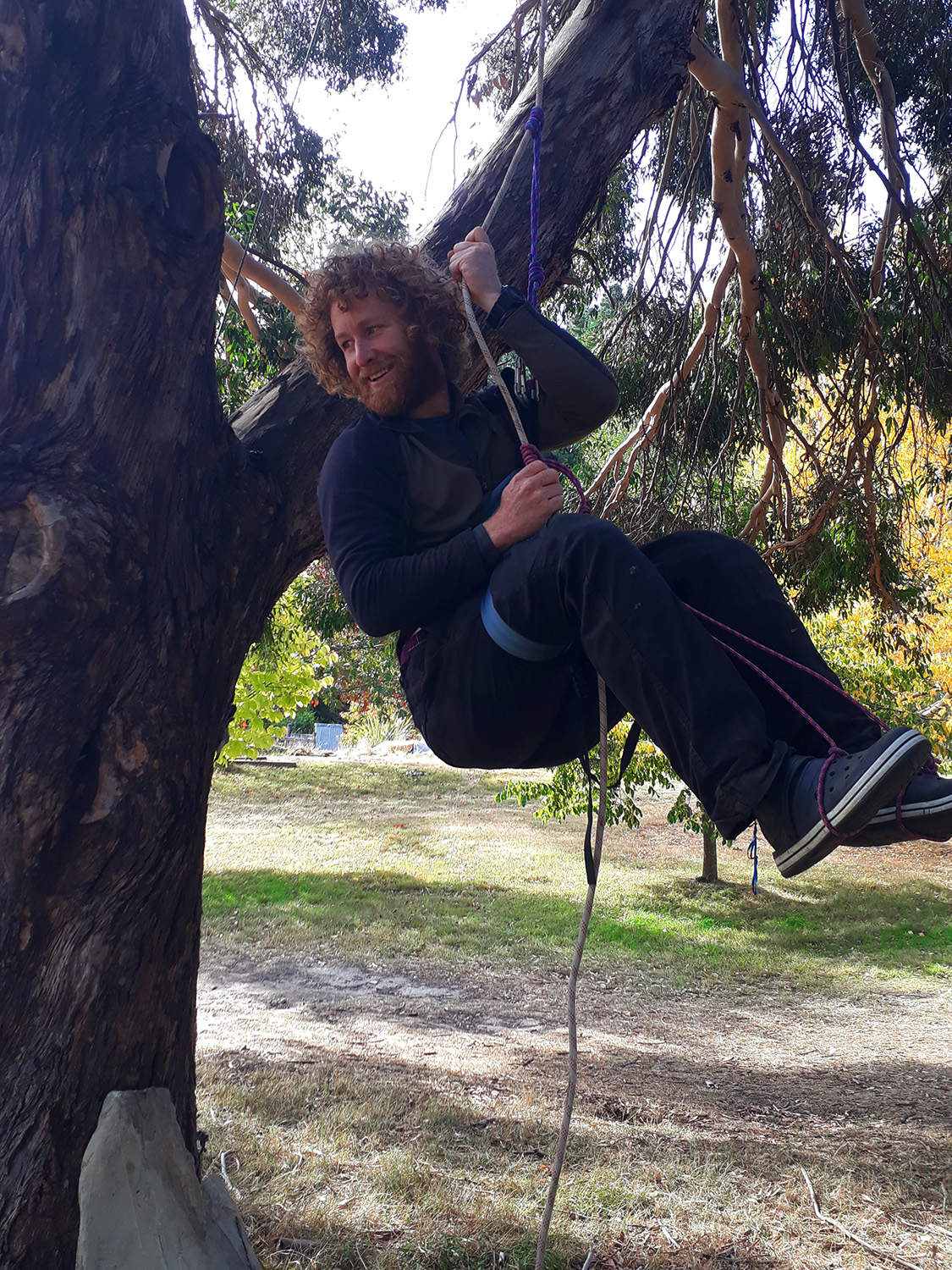



![20190705_115036[1]](https://blog.mtnspirit.nz/wp-content/uploads/2019/07/20190705_1150361.jpg)


